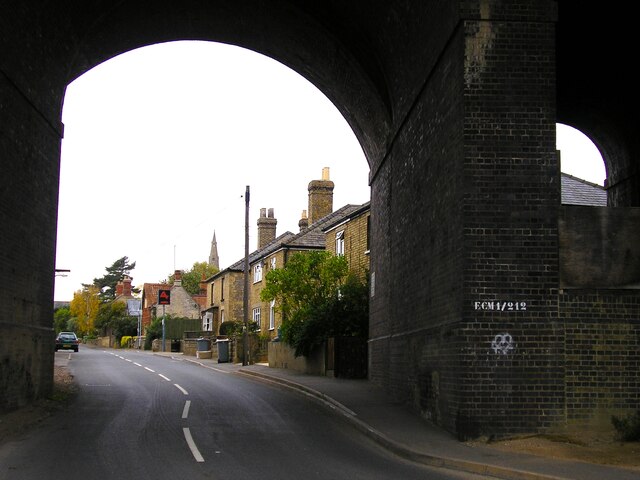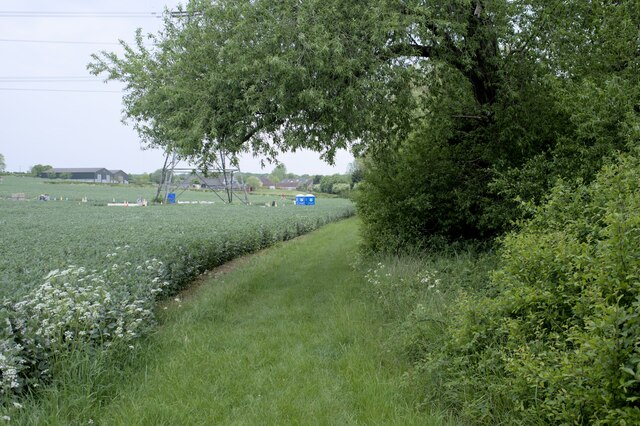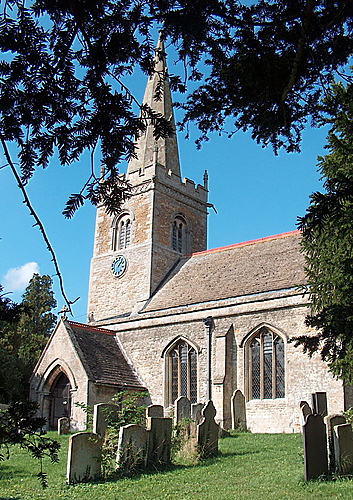Careby
Settlement in Lincolnshire South Kesteven
England
Careby

The requested URL returned error: 429 Too Many Requests
If you have any feedback on the listing, please let us know in the comments section below.
Careby Images
Images are sourced within 2km of 52.736494/-0.488565 or Grid Reference TF0216. Thanks to Geograph Open Source API. All images are credited.








Careby is located at Grid Ref: TF0216 (Lat: 52.736494, Lng: -0.488565)
Division: Parts of Kesteven
Administrative County: Lincolnshire
District: South Kesteven
Police Authority: Lincolnshire
What 3 Words
///removals.receive.nervy. Near Pickworth, Rutland
Nearby Locations
Related Wikis
Careby
Careby is the principal village in the civil parish of Careby Aunby and Holywell, in the South Kesteven district of South Kesteven, Lincolnshire, England...
Careby Aunby and Holywell
Careby Aunby and Holywell is a civil parish in the district of South Kesteven, south-west Lincolnshire, in England. It stretches from the county border...
Little Bytham railway station
Little Bytham railway station was a station in Little Bytham, Lincolnshire on the Great Northern Railway main line. It closed in 1959. The Midland and...
Little Bytham
Little Bytham is a village and civil parish in the South Kesteven district of Lincolnshire, England. The population of the civil parish at the 2011 census...
Nearby Amenities
Located within 500m of 52.736494,-0.488565Have you been to Careby?
Leave your review of Careby below (or comments, questions and feedback).












